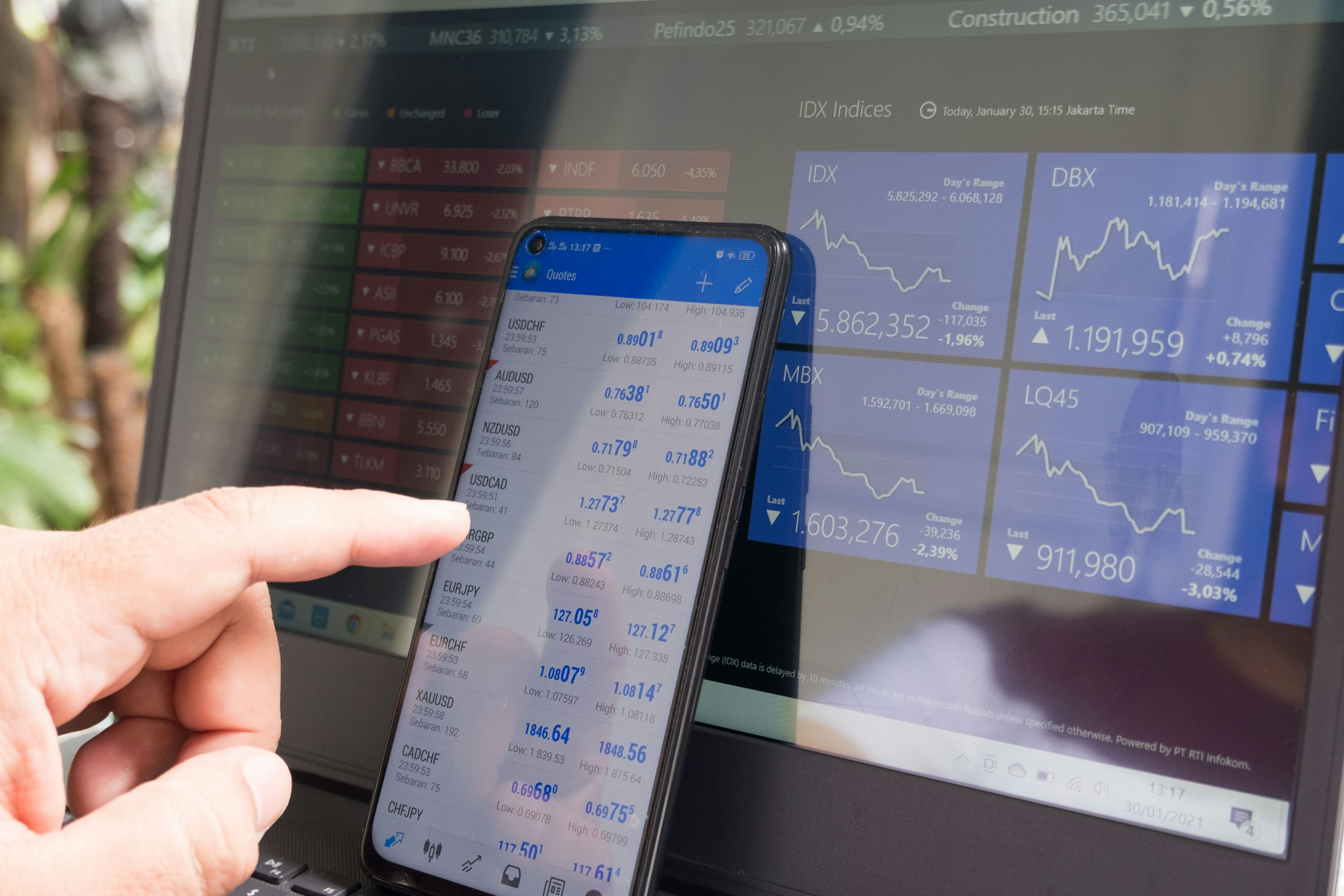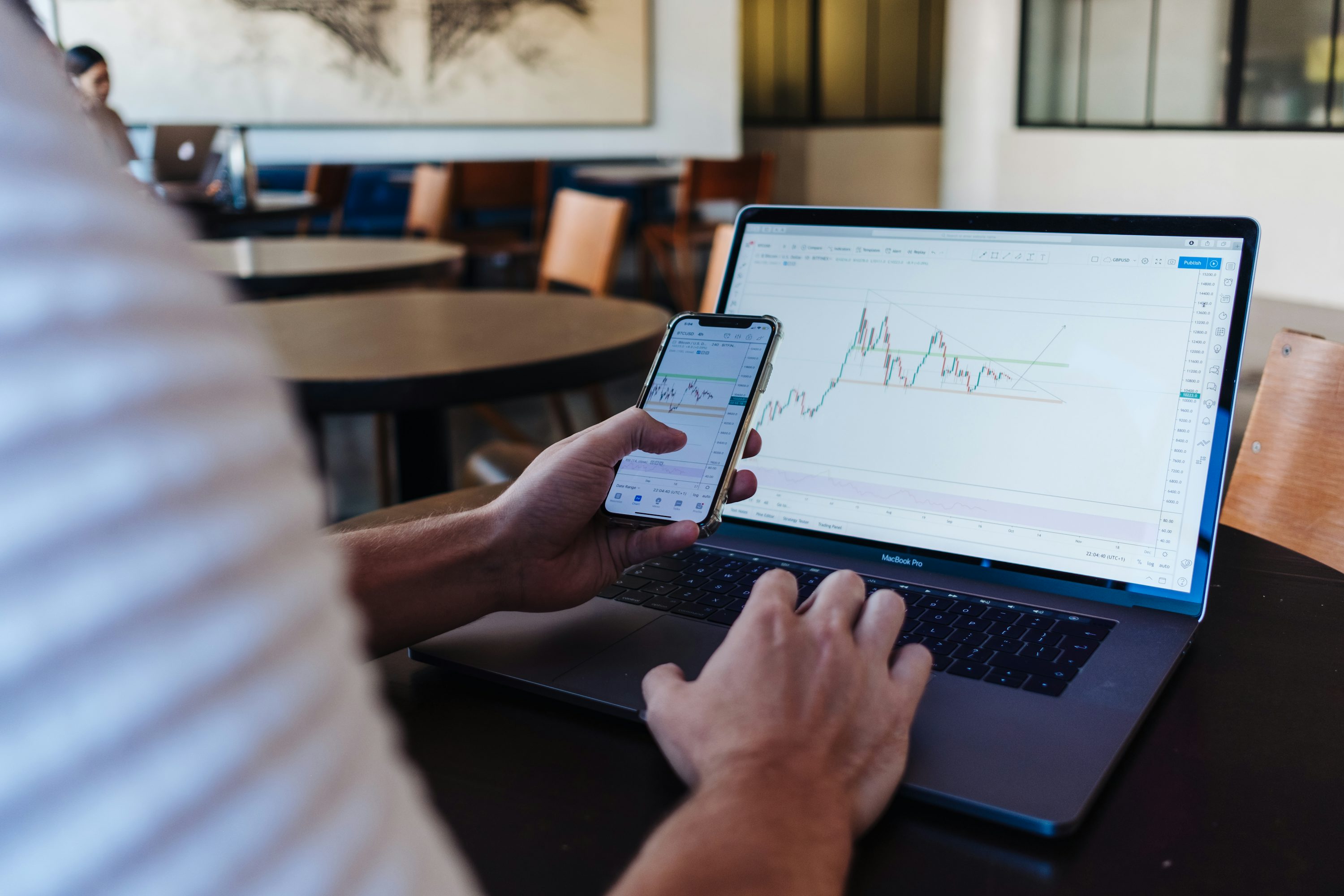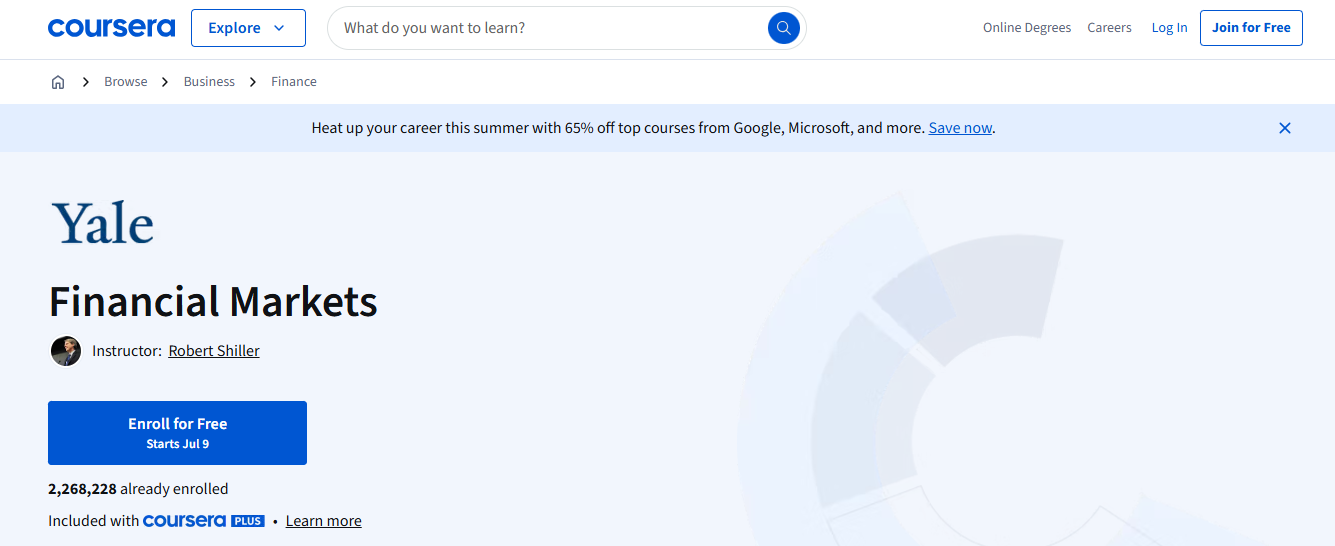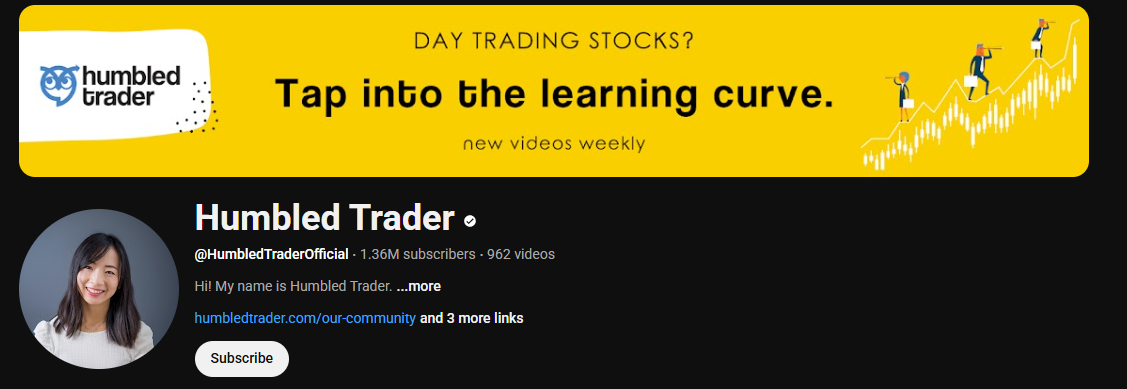How to Choose the Best Trading Strategy for Beginners in 9 Steps
Learn how to choose the best trading strategy for beginners in 9 simple steps. Find a method that fits your goals and risk level.

Trading for the first time can feel like being tossed into a stormy sea. It’s overwhelming, with charts and strategies swirling around like waves. So where do you start? Choosing the best trading strategy for beginners is crucial for success. Knowing where to learn trading is just as important. Picking the right plan can help you maximize your trading potential and make the most of your capital. This guide is here to give you the insights you need to make wise decisions so that you can navigate the trading world with confidence.
Aqua Funded’s funded trading program can help you get there. It’s a great way to practice your strategies without risking your own money.
Which Trade Is Best For Beginners (9 Trading Strategies)

1. Embracing the News Trading Excitement
You're a trader, and the market has just caught wind of a significant event. News trading is all about capitalizing on the immediate market reactions to economic data, news events, or geopolitical shifts. This strategy is excellent for those who can handle risk and react quickly to changing market conditions. For instance, if you often trade oil, you'll watch OPEC news releases closely, ready to make a move if global demand shifts. An attack on an oil tanker might prompt you to go long, expecting supply to tighten.
2. Riding the Wave with Trend Trading
Trend trading revolves around identifying and aligning with established market trends, aiming to profit from their sustained movements. Traders look at charts and indicators to spot trends, waiting for a clear direction before entering a position. Unlike news trading, trend traders often hold positions for more extended periods, riding the wave of a trend for as long as possible. They wait for breakouts from consolidation to confirm the trend's direction and then follow it.
3. Finding Comfort in Range Trading
Range trading involves buying and selling within a defined price range, taking advantage of fluctuations between support and resistance levels. Traders aim to profit from these oscillations, buying at support and selling at resistance until the price breaks out of the range. Using technical tools like Bollinger Bands and moving averages, they identify entry and exit points within the range. Range traders typically have a short to medium-term outlook.
4. Spotting Patterns for Profitable Trades
Pattern trading involves recognizing specific chart patterns, such as double tops and bottoms, triangles, and flags, to profit from predictable market behaviors. These patterns appear across assets and timeframes, making this strategy versatile. Traders rely on technical analysis and pattern recognition software to confirm signals, often holding positions for medium to long-term periods. The key is identifying and capitalizing on the repetition of these patterns.
5. Capitalizing on Breakouts for Rapid Gains
Breakout trading involves entering trades when the price breaks above or below significant support or resistance levels, anticipating a continuation of the trend. This strategy aims to profit from the rapid price movements that often follow a breakout. Breakout traders typically have a short to medium-term outlook, using technical analysis tools like trendlines to identify opportunities. The longer the asset has been trending sideways, the more dramatic the breakout can be.
6. Understanding Macro Trading for Broad Insights
Macro trading, also known as macroeconomic trading, focuses on identifying broad macroeconomic trends and geopolitical events that influence markets. Traders use economic indicators, monetary policy decisions, and geopolitical developments to form views on movement direction. They take positions across asset classes based on their macroeconomic outlook, often holding positions for medium to long-term periods. This strategy requires a deep understanding of global macroeconomics and risk management.
7. Earning with Carry Trading
Carry trading involves borrowing funds in a currency with a low interest rate to invest in a currency with a higher rate, profiting from the interest rate differential. Traders aim to capture the spread while also benefiting from any currency appreciation. Commonly executed in currency pairs with differing interest rates, carry trades typically have a medium to long-term horizon. Traders hope to collect daily interest payments over and above any currency appreciation.
8. Going Against the Grain with Contrarian Trading
Contrarian trading involves taking positions against the prevailing market sentiment, buying when the market is bearish and selling when it's bullish. Based on the belief that markets overreact, contrarian traders aim to capitalize on reversals and corrections. They use fundamental analysis and sentiment indicators to identify opportunities, often holding positions for medium to long-term periods. This strategy is not recommended for beginners.
9. Harnessing Mean Reversion for Consistent Profits
Mean reversion trading involves trading an asset that has deviated significantly from its historical average, anticipating a return to its mean value over time. This strategy targets assets that are overbought or oversold, entering positions opposite to the prevailing trend. Mean reversion traders use technical indicators, like Bollinger Bands, to identify opportunities, typically holding positions for short to medium-term periods.
How to Choose the Best Trading Strategy for Beginners in 9 Steps

1. No-Risk Trading with AquaFunded
AquaFunded is a game-changer for traders who want to maximize their potential without putting their own money on the line. With access to accounts up to $400K and the most flexible trading conditions in the industry, you can trade confidently, with no time limits, easy-to-reach profit targets, and up to 100% profit split.
Over 42,000 traders have already collected more than $2.9 million in rewards. You can start trading today with instant funding or take on customizable challenges while keeping up to 100% of your earnings. AquaFunded even guarantees payment within 48 hours.
2. Define Your Trading Objectives
Understanding your personal goals is crucial before settling on a trading approach.
Ask Yourself
- What kind of returns are you aiming for?
- How much risk can you handle?
- Are your financial goals short-term or long-term?
- How much time can you dedicate to trading?
If you're keen on quick profits and can be present during trading hours, short-term strategies like day trading might suit you. But if you have a full-time job or prefer less frequent trading, a longer-term strategy like swing trading might be better.
3. Match Your Strategy with Your Personality
Your trading strategy should fit your personality and behavior.
Consider
- Are you patient and analytical, or do you prefer making quick decisions?
- Can you handle stress or losses without panicking?
- Do you want frequent trades, or are you okay with fewer setups?
Scalping requires quick decisions and intense focus, while trend-following requires patience and emotional control.
4. Pick the Right Market and Instrument
The strategy you choose should align with the market and financial instruments you trade.
Consider
- The market's volatility
- The trading hours
- The spreads and liquidity
Some strategies thrive in volatile forex markets but not in slower-moving stock markets. Decide what you want to trade and research which strategies have historically worked best for that instrument.
5. Choose a Trading Approach
There are generally three main approaches you can use:
Technical Analysis
Based on chart patterns, indicators, and price action
Fundamental Analysis
Based on economic news, earnings reports, and macro data
Sentiment Analysis
Based on the overall market mood or crowd behavior
You might use one or combine them. For example, a forex trader might use technical analysis for entry points but rely on fundamental news for trade direction.
6. Develop a Robust Strategy
Your strategy should include:
Clear Entry Rules
When to buy or sell
Exit Rules
When to close a trade (profit or loss)
Risk Management
How much of your capital do you risk per trade
Position Sizing
How large your trades are
Timeframes
Whether you trade on a 1-minute, 1-hour, or daily chart
Every good strategy must define these aspects in detail so you can follow them consistently.
7. Validate Your Strategy with Backtesting
Backtesting on historical data helps you see how your strategy would have performed in the past. When backtesting, make sure to:
- Use quality historical data
- Follow the exact rules of your strategy
- Track key metrics like win rate, profit factor, and maximum drawdown
This process helps ensure your strategy has the potential to work in live markets.
8. Test Your Strategy in Demo Mode
After backtesting, use a demo account with real-time data but no real money. This helps you:
- Gain confidence in your system
- Learn how the strategy reacts to live market changes
- Make minor tweaks and improvements based on performance
This step is crucial; it acts as a safe practice ground before you go live.
9. Keep Track of Results and Continuously Improve
Once you start live trading, always track your trades and performance. Maintain a trading journal that includes:
- Entry and exit points
- The reason for each trade
- Outcome (profit/loss)
- What you did well and what you could improve
This reflection helps you stay disciplined and continuously refine your strategy over time.
Related Reading
- How Long Does It Take To Learn Day Trading
- How Long Does It Take To Learn Forex Trading
- How Do You Backtest A Trading Strategy
- How Many Day Traders Are Successful
- Do You Pay Tax On Forex Trading
- How To Start Trading As A Student
- How Much To Start Day Trading
- How To Do Trading Business
- Forex Trading Psychology
5 Expert Tips to Learn Trading for Beginners

1. Get the Real Scoop on Day Trading
Before you dive into day trading, you need to know it involves more than just buying and selling stocks quickly. Build a solid foundation by studying technical analysis, trading psychology, and risk management. Create a detailed trading plan outlining your strategy, risk tolerance, and entry and exit criteria. Practice using simulated trading to gain experience without risking real money.
By keeping a trading journal, you can review both wins and losses and refine your system based on what worked and what didn’t. Anne-Marie Baiynd’s Market Positioning System is a great example, combining support and resistance, channels, moving averages, Fibonacci, Bollinger Bands, and mental discipline into a day-trader framework.
2. Choose the Right Stocks for Success
It’s crucial to focus on stocks with high trading volume and narrow bid-ask spreads to make entry and exit easier and avoid slippage. Look for liquid, large-cap stocks with clear price patterns. As expert Brian Shannon suggests, use multiple time-frame chart analysis to align trend direction and support and resistance zones for precise trade timing. By aligning short-term setups within a broader trend context, you can make more informed decisions and improve your chances of success.
3. Master Risk Management
Always set a stop-loss per trade, risk only 1-2% of your capital per trade, diversify across a few stocks, and maintain a favorable risk-reward ratio, often 1:2. Experienced traders prioritize risk management, learning to set stop-loss orders, calculate position sizes, and manage overall risk per trade. By doing so, you can protect your account and increase your chances of long-term success.
4. Steer Clear of Early Chaos
Avoid trading in the first volatile minutes after the market opens, as the first 15-30 minutes are often noisy and unpredictable. Many traders suggest waiting for the market to settle before entering positions. Establish a trade plan before entering, including your profit objective and exit strategy in advance, and don’t trade impulsively in volatile opens. This advice, adapted from SW Schwab’s futures guide, can help you stay focused and make more informed decisions.
5. Stay Disciplined and Learn from Experience
Maintain discipline by evaluating your performance regularly, avoiding over-trading, using a few stocks at a time, and tracking trades to learn from mistakes and successes. As David Capablanca emphasizes, trading success comes from consistent hard work, strong discipline, finding mentors, and maintaining physical and mental resilience. Roughly 80% of trading success is mental readiness. By staying disciplined and learning from your experiences, you can improve your trading skills and increase your chances of success.
Looking to put your trading skills to the test without risking your capital? Consider joining AquaFunded’s funded trading program. With access to accounts up to $400K and the most flexible trading conditions in the industry, you can focus on your strategy and grow your profits. Join over 42,000 traders worldwide who have already collected more than $2.9 million in rewards, all backed by AquaFunded’s 48-hour payment guarantee.
Related Reading
- Option Trading Technical Analysis
- Forex Trading Strategies For Beginners
- Trading Strategy For Beginners
- Technical Analysis For Options Trading
- Profitable Gold Trading Strategy
- Is Day Trading Worth It
- Traders' Technical Analysis
- How To Learn Trading Online
- Is Day Trading Hard To Learn
- Position Trading Strategy
10 Best Trading Courses for Beginners
Transform Your Trading Skills with Aqua Funded
If you're keen on turning trading skills into real gains without risking your own money, AquaFunded is your answer. They offer access to accounts up to $400K with flexible trading conditions, no time limits, and up to 100% profit split. Over 42,000 traders have already reaped more than $2.9 million in rewards. Whether you want instant funding or to prove your prowess through customizable challenge paths, AquaFunded has you covered.
Warrior Trading: A Comprehensive Day Trading Education

Warrior Trading’s Strategies and Scaling course stands out as a robust resource for day trading. With over 100 hours of video lectures, live-streamed presentations, and interactive courseware, it’s a rich collection of material. You’ll find hundreds of articles and community feedback to help you navigate the complexities of day trading. If you've ever wondered how to choose the best trading strategy for beginners, this is a great place to start.
Yale’s Financial Markets: Foundation for New Traders

"Financial Markets" by Nobel laureate Robert Shiller on Coursera is a landmark course with over 2 million enrollments. It provides an academic foundation that every trader should understand before advancing. Professor Shiller explains how financial markets function on a fundamental level, using historical examples. His expertise in market psychology is invaluable for traders seeking to understand the “why” of market behavior.
Udemy's Beginner-Friendly Stock Market Course

The "Stock Market from Scratch for Complete Beginners" course is crafted specifically for novices. It doesn’t assume any prior knowledge, making it perfect for those just starting. Udemy often offers significant discounts, so landing this course at a discounted price can provide great value. It's an excellent introduction to basic stock market concepts.
The Complete Foundation Stock Trading Course: Practical Approach

This Udemy course takes a hands-on approach to stock trading. Instructor Mohsen Hassan brings professional trading expertise to the table, focusing on essential tools and strategies that work in real trading. Unlike Yale’s course, which focuses on economic principles, this one emphasizes technical analysis and trading execution.
Charles Schwab: Free, High-Quality Trading Education

Charles Schwab offers a vast collection of trading and investing education—completely free. It covers financial instruments like stocks, bonds, options, and futures. The content is high-quality and constantly updated, making it an excellent resource for beginners and experienced traders alike.
Advanced Stock Trading Course + Strategies

Building on the foundation course, Mohsen Hassan’s advanced course delves into professional trading mechanics. It balances theoretical concepts with practical application, examining how dark pools and ECNs influence price action. Hassan’s real-time explanations with whiteboard illustrations break down complex concepts step by step.
Bear Bull Traders: Personalized Day Trading Support

Bear Bull Traders offers personalized coaching, weekly mentorships, and high-quality on-demand content for day traders. The platform provides access to essential tools for day trading and a supportive community. It’s an excellent resource for those looking to develop their skills in this complex area.
Humbled Trader: Free YouTube Course for Day Trading

Shay, known as “Humbled Trader,” has a popular free day trading education channel on
YouTube has over 1.3 million subscribers. Her channel features educational content, live trade recaps, and practical guidance for developing trading discipline. Shay’s approachable style makes complex topics digestible and engaging.
Bullish Bears: Focused on Swing Trading

Bullish Bears is ideal for swing traders, offering free educational guides and reasonably priced premium courses. The platform covers popular brokers and swing trading tools, like trading apps and stock screeners, for free. It's a comprehensive resource for those focusing on swing trading strategies.
Join Our Funded Trading Program Today - Trade with our Capital and Keep up to 100% of the Profit.

Looking to make serious profits without risking your own money? AquaFunded offers a unique solution that allows you to trade with accounts up to $400K. The best part? You get to keep up to 100% of your earnings. It’s all about flexibility here. There are no time limits, and the profit targets are easy to meet. Imagine trading with the most accommodating conditions in the industry and turning your skills into substantial gains. AquaFunded provides the platform for over 42,000 traders globally, who have already cashed in more than $2.9 million in rewards. Plus, their 48-hour payment guarantee ensures you get your profits quickly.
Get Started with Instant Funding or Customizable Challenges
Ready to jump right in? AquaFunded offers instant funding options so you can start trading immediately. Prefer to prove your skills first? Opt for their customizable challenge paths and show what you’re made of. Either way, you have the opportunity to maximize your profits and keep everything you earn. This flexibility is key for traders who want to choose their path and achieve success on their terms.
How AquaFunded Stands Out in the Trading World
AquaFunded isn’t just another prop trading firm. It’s a platform designed for traders who want the freedom to succeed without the constraints of traditional trading environments. With easy-to-achieve profit targets and no time limits, you can focus on what truly matters: making profitable trades. This approach aligns perfectly with the needs of both seasoned traders and beginners looking for the best trading strategies. AquaFunded’s reputation speaks for itself, with thousands of traders worldwide benefiting from their innovative model.
Related Reading
- Forex Risk Management Tools
- Algorithmic Trading Risk Management
- Best Forex Trading App For Beginners
- What Is Risk Management In Trading
- Trading Risk Management Tools
- Best Day Trading Platform For Beginners
- Best Indicators For Swing Trading
- Day Trading Risk Management
- Best Platform For Day Trading Crypto
- Best Beginner Trading App


